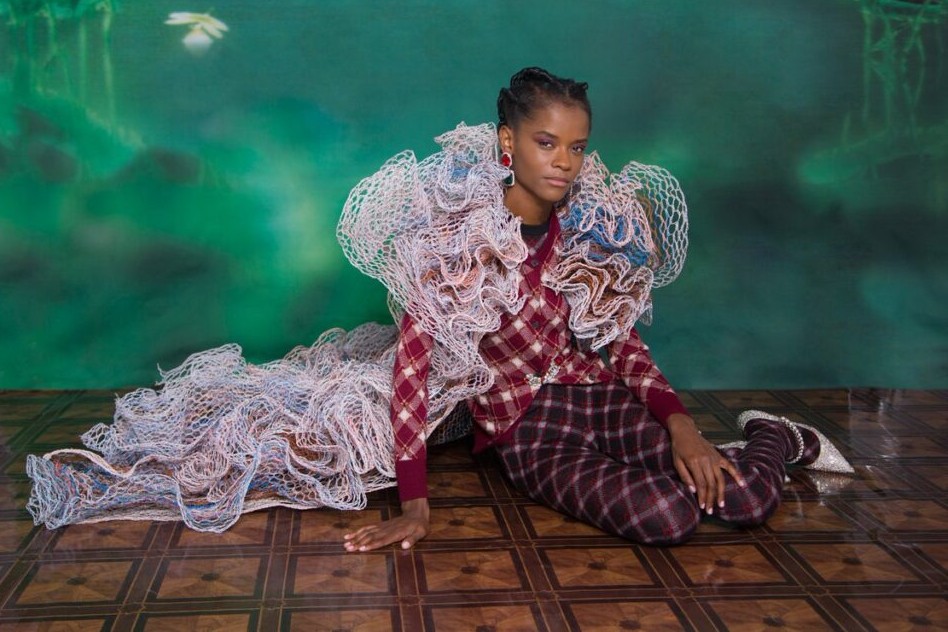

sipa
Innovative use for discarded electrical wires is founded by Alexandra Sipa, a UK-based Romanian fashion designer by using them to create beautiful garments and accessories. Sipa is a 23-year-old girl who is a recent fashion graduate from London’s artsy Central Saint Martins University.
After her earphones broke several times, she got the inspiration for this project. Before handcrafting her unique lace, she began to collect discarded electrical wires from her uncle’s construction site and a local recycling center. By sticking to her roots, in her work she incorporated traditional Romanian techniques and named the project ‘Romanian Camouflage.’
Sipa said that her graduate collection was driven by her motivation of using waste to create an innovative luxury textile. To develop garments and accessories from wires, she used both hybridizing multiple lace-making techniques i.e traditional Romanian techniques, and popular western techniques.
Made from upcycled wires, her collection contains a dress, ruffle coat, small top, vest, bag, and several accessories. But she has planned to expand it.
Romanian heritage plays a significant role in Sipa’s work. She said that the concept of her collection was inspired by the Romanian heightened austerity and extreme femininity contrast. After watching her work with waste, her grandmother also inspired her. She hopes that projects like her collection could lead to positive environmental change by dealing with the growing issue of electronic waste.
She said that she doesn’t want her work to simply be pretty for the sake of being pretty. Waste is becoming a global and environmental problem and its largest growing source is electronic waste which has reached up to 50 million tonnes worldwide in 2020. Barely anyone is talking about the planned obsolescence of technological companies.
By acknowledging the issues in the fashion industry, Sipa says that one of the worst offenders in relation to the climate emergency is the fashion industry which she has loved since she was young. Fashionwear made from upcycling waste will help in avoiding adverse environmental impacts.
As she believes “sustainable textile innovation and couture go hand-in-hand”, she hopes to work within an haute couture house. Until then, she will continue to experiment with electrical wire lace, figure out how it can be produced using machines, and explore its applications for textile beyond garments.
Nikwax has unveiled its latest innovation, the Direct.Dry Down line, setting a new benchmark in waterproof down with great performance…
Wrangler x Accelerating Circularity jeans are proving that post-consumer and post-industrial cotton can be effectively reused in everyday clothing.
Swiss cleantech innovator Bcomp has partnered with Japanese composite specialist Tras to bring natural fibre solutions to the world of…
Researchers from MIT and Lincoln Laboratory are developing innovative bioabsorbable fabrics that replicate how soft tissues naturally stretch.
A research team at the University of Limerick (UL) has introduced a groundbreaking method for producing carbon fiber through their…
Circ, Circulose, RE&UP, and Syre, have joined forces to create the T2T Alliance, an initiative focused on driving policy changes…